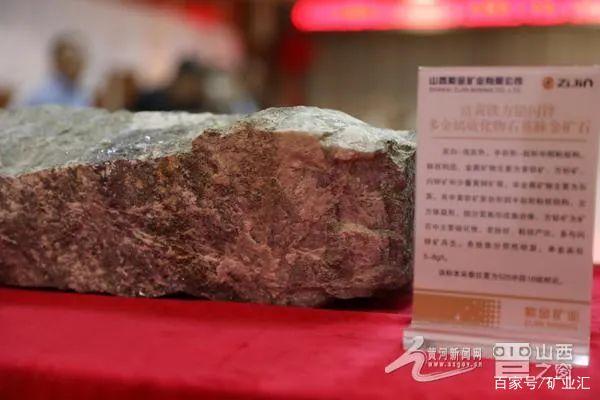
Porphyry gold deposits refer to the ore bodies located in subvolcanic or ultra-shallow intrusive facies when industrial deposits are formed.
Porphyry gold deposits can be divided into two types: independent gold deposits and associated gold deposits. There is no strict boundary between these two types gold deposits. The porphyry-type deposits dominated by copper usually have higher gold content, and the porphyry-type deposits dominated by molybdenum generally have lower gold content. Porphyry-type gold deposits are mostly related to quartz diorite porphyry or granite porphyry, and these slug-shaped volcanic rock bodies intrude near fault zones, volcanic rock series or volcanic institutions.
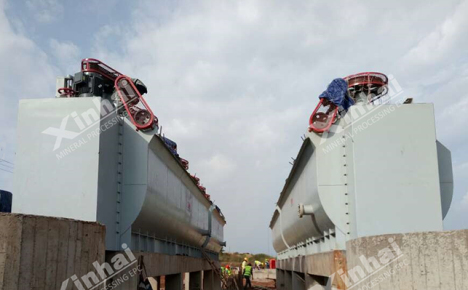
Porphyry gold deposits are generally associated with copper deposits, which are usually pre-enriched by flotation. Flotation is a common beneficiation method used in gold beneficiation plants to process rock gold ores. It is often used to process gold-bearing sulfide minerals with high floatability. The flotation process can enrich gold into sulfide minerals to the greatest extent, and the tailings can be directly discarded. So the beneficiation cost is low. 80% of rock gold mines in China achieve separation by flotation process.
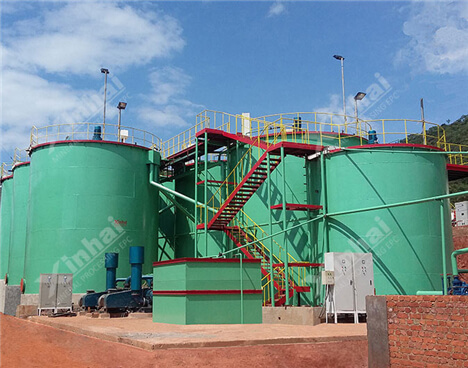
Porphyry gold deposits can also be extracted by carbon slurry method. Gold mine CIP process is a non-filtered cyanide carbon pulp extraction process that uses activated carbon to directly absorb and recover gold from cyanide pulp. The process includes 7 major operation stages, namely, preparation of leaching pulp, cyanide leaching, activated carbon adsorption, carbon loaded-with-gold desorption, and electrolysis to obtain gold mud , recycling of carbon without gold and leaching pulp treatment.
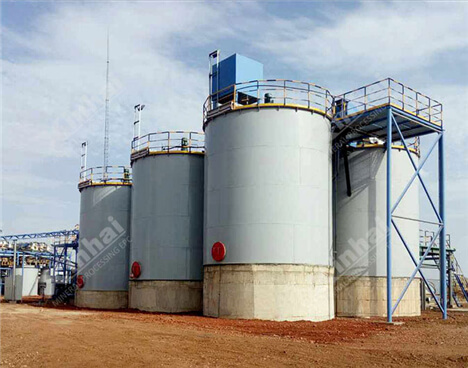
For porphyry gold deposits with many associated silver and copper deposits, the CIL process is more suitable. It is suitable for beneficiation of large-scale gold mines with high grades and gold mines with high content of associated silver and copper. Compared with CIL process and traditional methods, CIP method can obtain significant economic benefits. Compared with the traditional CCD process, CIL saves 66% of the investment cost. Therefore, CIL is the main process of modern gold beneficiation.
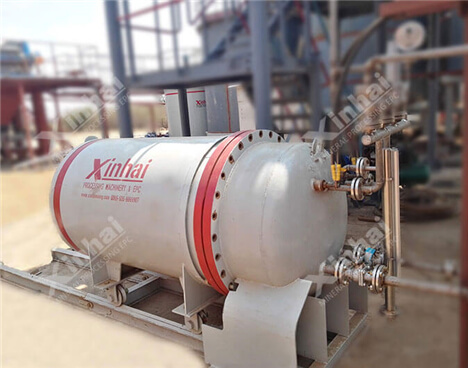
The gold ore heap leaching process is to crush the low-grade gold ore to a certain particle size (or granulate), accumulate it on the leak-proof bottom mat paved with materials such as asphalt, concrete or plastic, and use low-concentration cyanide, alkaline solution, non-toxic solvent or dilute sulfuric acid and other solutions are sprayed on the ore heap to dissolve the gold, and the gold-containing solution is percolated from the ore heap, and then the gold is recovered by activated carbon adsorption or zinc powder replacement precipitation.
Gold heap leaching process is suitable for the development of gold deposits with small ore bodies or of low grades , or other ores that cannot be utilized by conventional methods.
The above has introduced 4 kinds of beneficiation methods for porphyry gold ore. The specific process used to extract gold can only be determined according to the results of the gold beneficiation test. No matter which method is adopted, it is necessary to minimize the damage to nature under the premise of environmental protection. This is also what Xinhai Mining insists.